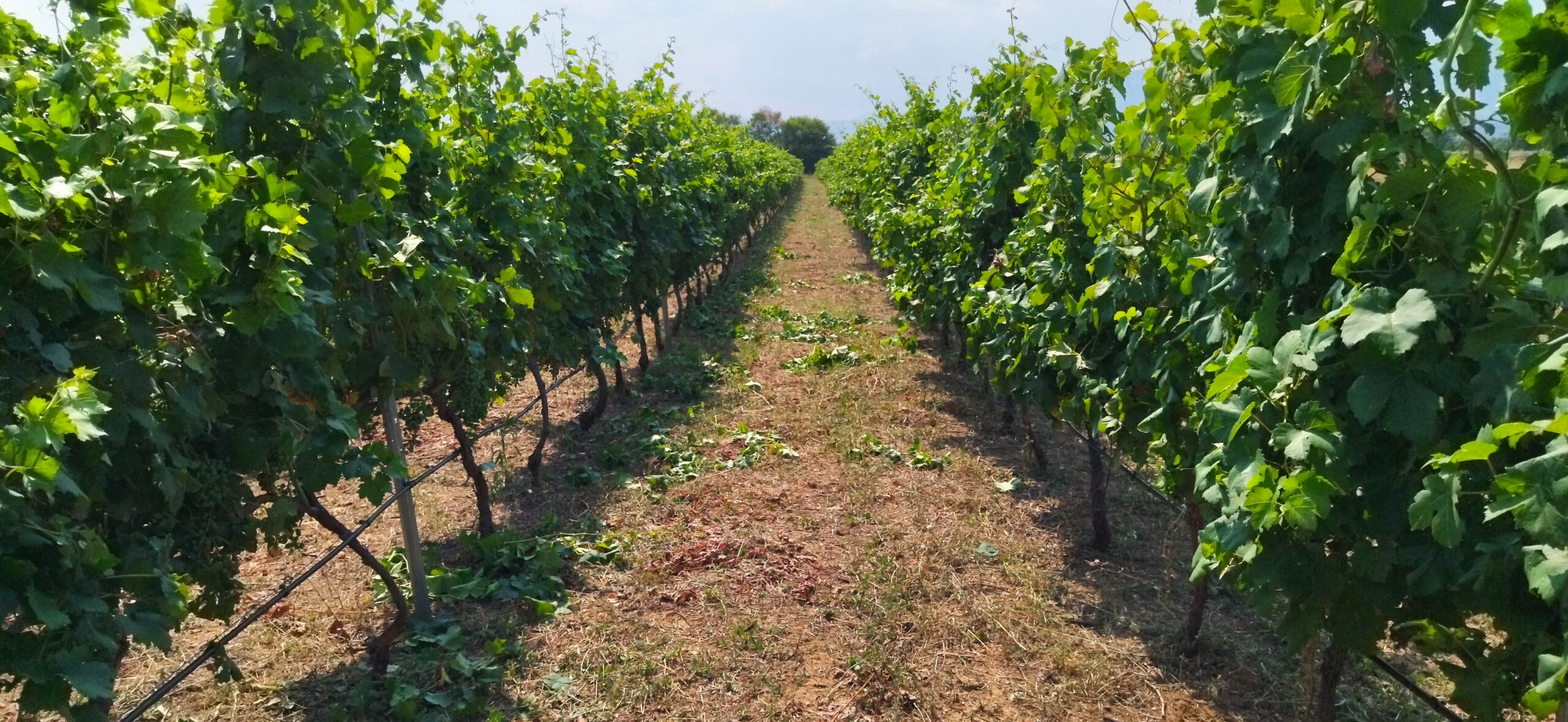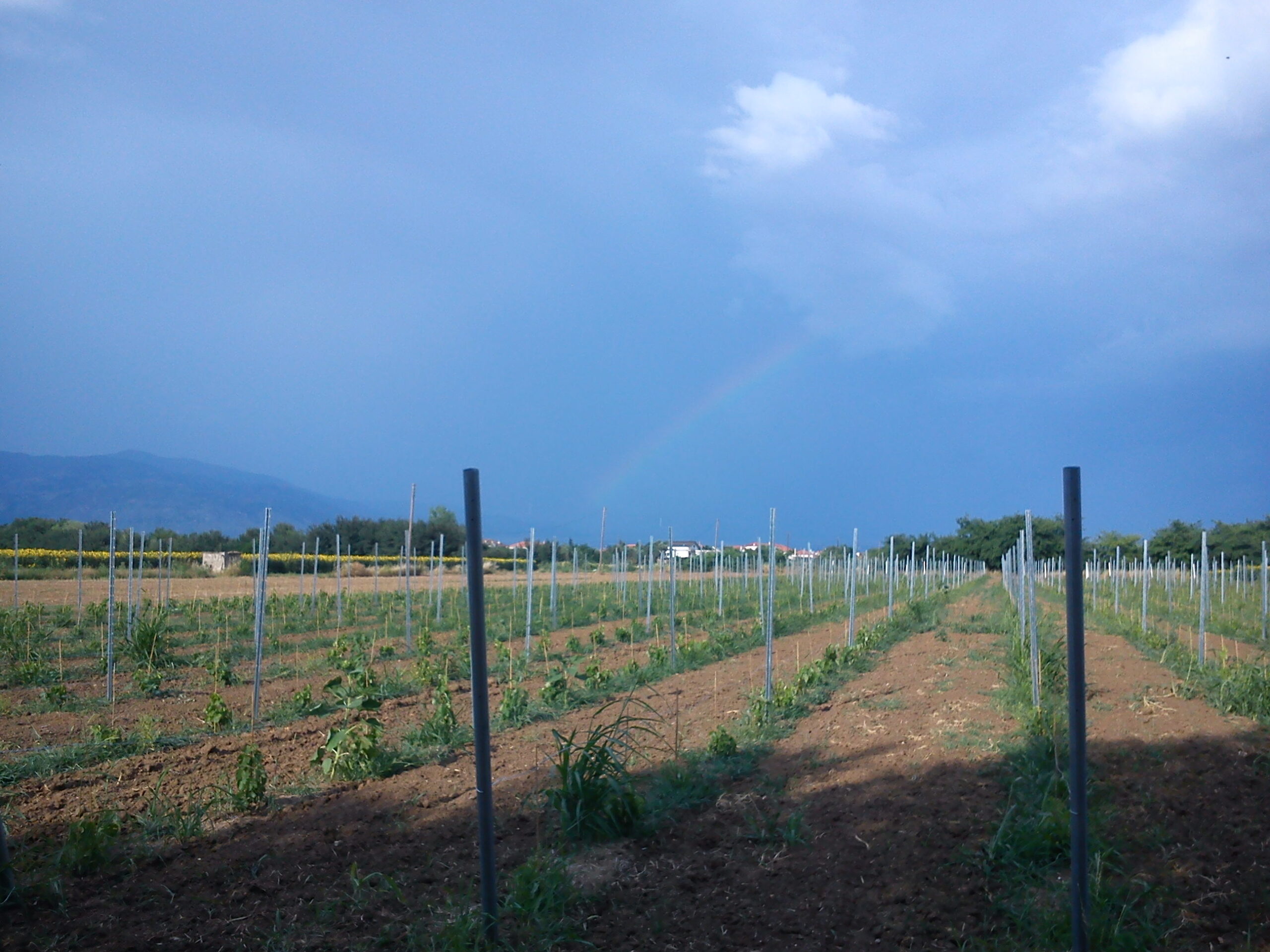
The main amino acids are an important source of digestible nitrogen for yeasts, however, they differ in their effectiveness (Cooper 1982, Jiranek et al. 1995a, b). Some of the amino acids are precursors to volatile compounds formed during fermentation, e.g. higher alcohols (Henschke and Jiranek 1993, Rapp and Versini 1996).
The total concentration of amino acids, as opposed to that of ammonia ions, is determined in the vineyard, as it is not common practice to add amino acids to fermented musts although some commercial products, such as yeast shells, provide a small amount of complex nitrogen (Ingledew et al. 1986, Munoz and Ingledew 1990).
The concentration for each amino acid varies greatly. The content and concentration of amino acids may vary depending on the variety, rootstock, location and prevailing conditions and degree of maturation (Nassar and Kliewer 1966, Kliewer 1970a, Huang and Ough 1989, Sponholz 1991, Gockowiak and Henschke 1992, Delas 1993, Spayd and Andersen-Bagge 1996, Treeby et al. 1998, Hernandez-Orte et al. 1999, Stines et al. 2000).
The total concentration of amino acids, as opposed to that of ammonia ions, is determined in the vineyard, as it is not common practice to add amino acids to fermented musts although some commercial products, such as yeast shells, provide a small amount of complex nitrogen (Ingledew et al. 1986, Munoz and Ingledew 1990).

The effect of adding nitrogen to the vineyard on the concentration of amino acids as a percentage of nitrogen assimilable by yeasts at harvest is variable.
Cultivation practices such as the amount and timing of nitrogen application, the support system, soil management techniques and even botrytis infestation are determinants of the synthesis and concentration of amino acids in the rail (Ough and Bell 1980, Sponholz 1991, Delas 1993, Spayd et al. 1994, Miele et al. 2000, Conradie 2001, Rodriguez-Lovelle and Gaudillere 2002).

The total amount of amino acids is important for the metabolism of the plant, but the assimilable (the total amino acids without the secondary amino acids, proline and hydroxyproline) part of the total amount of amino acids is what is of oenological interest.
The addition of nitrogen to the vineyard increases the total and assimilable concentration of amino acids in the must compared to vineyards that did not receive any nitrogen fertilization (Bell 1994, Spayd et al. 1994, Conradie 2001).
The percentage of nitrogen assimilated by yeasts corresponding to amino acids increases as maturation progresses, but this trend is unaffected by the addition of nitrogen to the vineyard (Bell 1994). The assimilable amino acid content of must at harvest is estimated to be between 51-92% of nitrogen assimilable by yeasts (Bell 1994, Spayd et al. 1994, Conradie 2001).
However, the effect of adding nitrogen to the vineyard on the concentration of amino acids as a percentage of nitrogen assimilable by yeasts at harvest is variable. Conradie (2001) showed that the addition of nitrogen had very little effect on the concentration of assimilable amino acids as a percentage of nitrogen assimilable by yeasts. In contrast, Bell (1994) found that the concentration of assimilable amino acids as a percentage of nitrogen assimilable by yeasts generally increased by adding nitrogen to two of the three fields applied, but this increase was not significant. In a different study, however, the concentration of assimilable amino acids, as a percentage of nitrogen assimilable by yeasts, in musts from a vineyard to which a quantity of nitrogen was added was reduced by 10% compared to musts from a vineyard that did not have nitrogen fertilization applied (Spayd et al., 1994).
L-Arginine and L-Proline generally account for the largest percentage of the concentration of total amino acids present in the rail (Kliewer 1970a, Ough and Bell 1980, Bell 1994, Stines et al. 2000). Arginine is an important source of nitrogen for yeasts, but its assimilation is regulated by the presence of other, more desirable sources of nitrogen, such as ammonia ions (Middelhoven 1964, Grenson and Hou 1972, Monteiro and Bisson 1992a, Henschke and Jiranek 1993, Jiranek et al. 1995a, Salmon et al. 1998). Thus, the addition of diammonium phosphate prevents the use of arginine until the metabolism of ammonia ions is completed. Arginine acts as a source of nitrogen for yeasts because its metabolism under the influence of the enzyme arginase forms L-Ornithine and urea, which under the right conditions eventually form glutamic acid and ammonium, respectively. These compounds are precursors for the biosynthesis of amino acids in yeasts in general (Large 1986).
The production of urea, which is a product of arginine metabolism, in some yeast strains is associated with the formation of carbamic acid esters in wine (Henschke and Ough 1991, Monteiro and Bisson 1991b, Ough et al. 1991). Arginine can also be incorporated directly into proteins, while much of the arginine is shifted to the yeast chymotope as a nitrogen reserve (Watson 1976).
L-Proline is used to a limited extent by yeasts under the usual anaerobic environment of alcoholic fermentation due to the oxygen needs of proline oxidase, which catalyzes the first step of its metabolism (Duteurtre et al. 1971).
Πηγή : Bell S-J and P.A. Henschke , 2005. Implications of nitrogen nutrition for grapes , fermentation and wine. Australian Journal of Grape and Wine Research 11 , 242-295.
Our Wines
Shop

Related Articles
Related
Κριτήρια προτεραιότητας για τη χορήγηση αδειών φύτευσης αμπελιού
Προκειμένου να χορηγηθούν οι άδειες νέας φύτευσης εφαρμόζονται κριτήρια προτεραιότητας όπως αυτά έχουν επιλεγεί για την κάθε περιφέρεια κάθε αγροτεμάχιο λαμβάνει βαθμολογία στο κάθε κριτήριο με βάση τον συντελεστή βαρύτητας W και τον συντελεστή συμμόρφωσης Pt. Η...
Αιτήσεις για άδειες φύτευσης αμπελιού για το 2024
Οι ενδιαφερόμενοι για την απόκτηση αδειών νέας φύτευσης οινοποιήσιμων ποικιλιών αμπέλου, υποβάλουν ηλεκτρονικά, μέσω της Ψηφιακής Υπηρεσίας Υποβολής Αιτήσεων Αδειών Νέων Φυτεύσεων της ιστοσελίδας του ΥΠ.Α.Α.Τ, αίτηση- υπεύθυνη δήλωση από την 1 Σεπτεμβρίου μέχρι και...
Until 20 November 2023, applications for the restructuring and conversion of vineyards of the 2023-2024 wine year.
The period of application of the intervention for restructuring and conversion of wine-growing areas in our country concerns the wine year 2023-2024.The intervention shall cover one or more of the following actions: (a) varietal conversion of vineyards, including...
